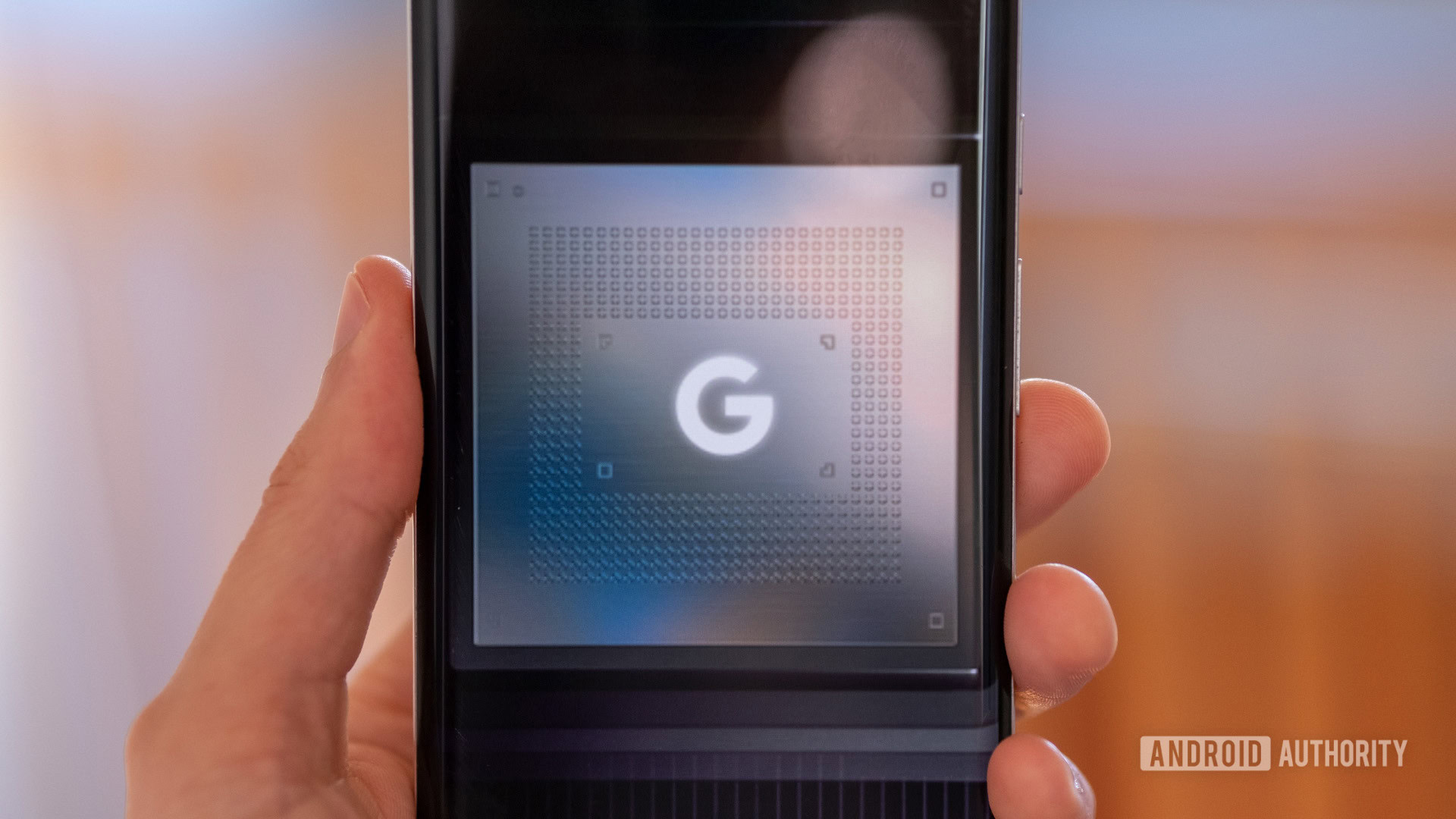
Robert Triggs / Android Authority
TL;DR
- Google’s Tensor G4 processor is tipped to use the same GPU as the Tensor G3.
- This suggests that the Pixel 9 series will have similar graphical performance as the Pixel 8 range.
An Android Authority leak over the weekend revealed that the Tensor G4 chipset, expected to be used in the Pixel 9 series next year, will be a small upgrade over the Pixel 8‘s Tensor G3 processor. Now, a leaker has revealed a key detail about the Tensor G4.
Tipster Tech_Reve has claimed on X that the 2024 chipset will use the same Immortalis-G715 GPU as the Tensor G3. The leaker didn’t reveal any more details aside from saying it’s using “the same GPU without switching (sic).”
It’s still early days for Pixel 9 news, so we’d recommend you take this with a pinch of salt. But this could be bad news for those who want graphical performance in line with the latest Snapdragon-powered flagship phones.
Do you care if the Tensor G4 uses the same GPU as the G3?
43 votes
It would be particularly disappointing as the Immortalis-G720 has already been announced as a follow-up to the G715, with the upcoming MediaTek Dimensity 9300 expected to be the first chipset with the G720 GPU. So the Tensor G3 will effectively be running a one-year-old flagship GPU when the Pixel 8 line launches next month, and that GPU will be two years old by the time the Tensor G4 rolls around.
In saying so, using the same GPU doesn’t necessarily mean the Tensor G4 will have the same graphical performance as the Pixel 8 chipset. Google could theoretically offer a speed boost by using more shader cores, higher clock speeds, a smaller manufacturing process, and/or software optimizations.
Nevertheless, we recently reported that the Tensor G4 (codenamed Zuma Pro) will be a modest upgrade over the Tensor G3 (codenamed Zuma). So using the same GPU would certainly be in line with an incremental refresh.

